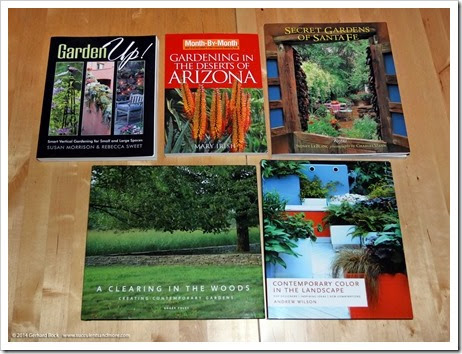Ruth Bancroft Garden Black Friday sale extended until 12/4/14

Black Friday sales are great for people buying electronics, appliances and maybe clothes, but usually there's nothing special about them for gardeners. This year was different. For the first time, the Ruth Bancroft Garden in Walnut Creek ran a Black Friday sale. And what a sale it was: 50% off on available plants in the retail nursery! It started on Friday—the day after Thanksgiving—and was supposed to end today, Sunday. Except it didn’t. If you kicked yourself because you thought you missed it, I have good news: The sale has been extended until 4pm on Thursday, December 4, 2014. That means you have three more days to shop: Tuesday, Wednesday and Thursday (the Garden and nursery are closed on Mondays).














